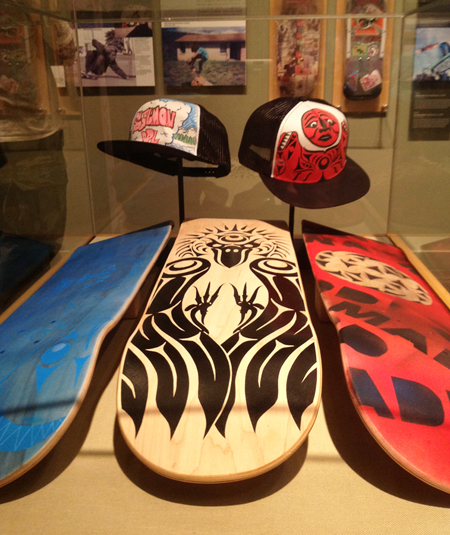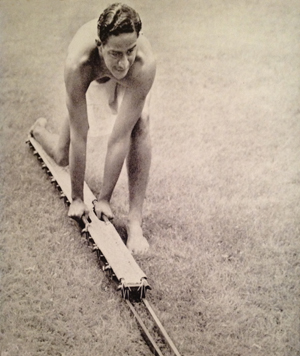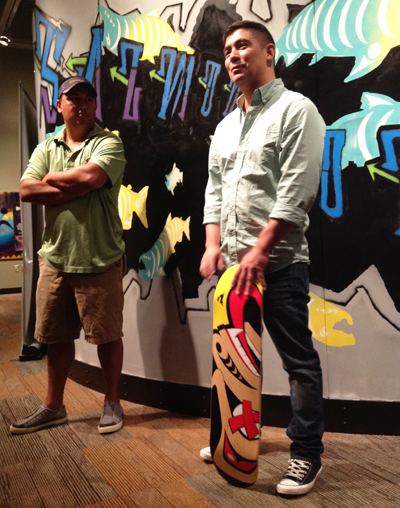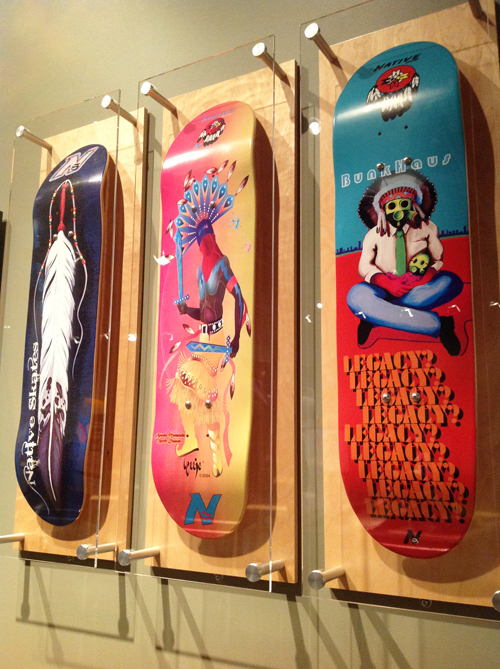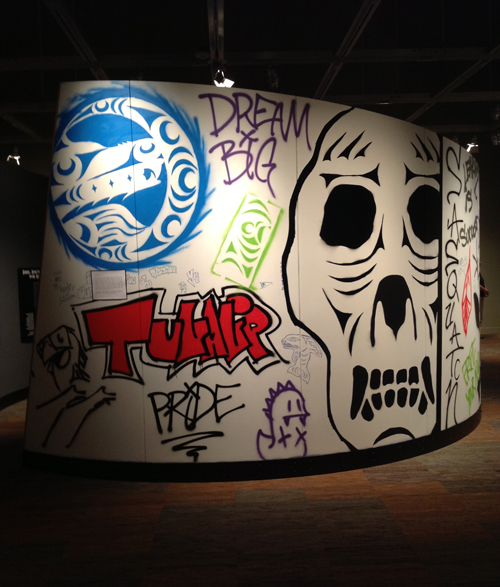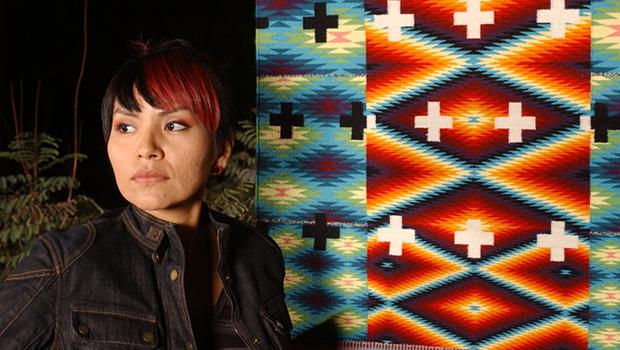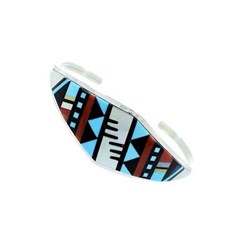Rob Capriccioso, Indian Country Today Media Network
Many Democratic Indian-focused strategists are betting that Hillary Clinton will choose to run for president in 2016, and some are working feverishly in these summer doldrums – 17 months out from any serious presidential campaigning – to convince her and her associates that they would be best to handle her Native American portfolio.
The former First Lady, New York senator, and Secretary of State has not even said that she plans to run again, but she has signaled anew that she cares about some key American constituencies. Her speech at the American Bar Association’s (ABA) annual meeting in San Francisco on August 12 crystalized her focus.
“We do — let’s admit it — have a long history of shutting people out: African Americans, women, gays and lesbians, people with disabilities,” Clinton said. “And throughout our history, we have found too many ways to divide and exclude people from their ownership of the law and protection from the law.
“Skepticism of authority has been part of our national character since the Pilgrims, and complaining about government is a treasured American pastime,” Clinton added, as part of her overall point of wanting to build confidence in government.
Native Americans and the injustices long served to them were conspicuous in their absence from Clinton’s speech, and now, several American Indian affairs gurus are lining up to ensure she will remember to specifically address Indian country’s economic and social needs in the future, especially if she happens to want to do so from the perch of the White House.
Old and new Native-focused friends of the Clintons are eager to help get out the vote, raise money, and develop sweeping, reservation-changing platforms. As shown in past presidential elections, resoundingly in 2008 and again in 2012, this is an area ripe with votes, and especially with cash, thanks to some wealthy tribes.
Mary Smith, a Cherokee Nation citizen and partner at Schoeman Updike & Kaufman, is one of the early frontrunners. While attending the ABA meeting this year – where she had the connections to score tickets to Clinton’s big speech – she didn’t hesitate to remind lawyers gathered there how much she has done for the Clinton family in the past, having been a member of the D.C. Finance Committee for Hillary Clinton for President until the candidate dropped out in June 2008. Plus, she worked in President Bill Clinton’s administration both as a Justice Department lawyer and in the White House counsel’s office.
President Barack Obama later nominated Smith to lead the Justice Department’s tax division in 2009, but her nomination was blocked by senators who expressed concern about her lack of experience in the tax industry.
Smith, perhaps realizing that her boasts were making the rounds, told Indian Country Today Media Network that she was just there to attend the meeting, as she usually does, but legal officials who met with her said there’s no doubt she’s wired into the Clinton camp again, and she’s more than ready to go to bat for Indian country.
While Smith is off to a solid start, she will face steep competition from other Indian legal eagles who aim to secure a win for Indian country with Clinton.
Kimberly Teehee, also Cherokee and Obama’s former White House Native affairs policy advisor, is widely expected to make a play to lead Native political outreach for Clinton. Now a lobbyist for the Mapetsi tribal policy group, Teehee has been making behind the scenes overtures to those connected to the Clinton camp. Her widespread name visibility in Indian country will be helpful, but some run-ins with tribal leaders on Indian policy issues as a result of working in the Obama White House and as a congressional staffer could haunt her effort. She’s also told friends that she’s enjoying her rest from working for politicians, so only she knows if she’s ready for the Clinton rollercoaster.
Holly Cook Macarro, Red Lake Ojibwe, is another legal ace who is working hard to make sure the Clinton camp knows her name. A former Democratic National Committee staffer and member of the Clinton administration’s White House Office of Intergovernmental Affairs, she’s now a tribal lobbyist with Ietan Consulting. Married to tribal chairman Mark Macarro, of the Pechanga Band of Luiseno Indians, she has many, many friends in Indian country, and her jobs haven’t called for her to get into many squabbles with tribal leaders.
In recent years, Cook Macarro’s firm has developed an alliance with the Holland & Knight law firm, where lawyer Lynn Cutler serves as a senior advisor. Cutler joined the firm in 2001, after serving as senior staff to President Bill Clinton on Intergovernmental Affairs where she was in charge of overseeing advocacy for tribal governments.
Cook Macarro has a strong relationship with Cutler, both from their firms’ current strategic relationship and from having worked under her during the Clinton administration. She knows how important her in with Cutler will be if Clinton does run, and she even includes a note in her official biography to affirm the relationship.
Debora Juarez, meanwhile, a Blackfeet lawyer with Williams Kaster who is based in Washington state is also staking a claim. “I don’t plan on being in [Washington, D.C.] anytime soon…not until My Girl Hillary runs for President!” Juarez recently told ICTMN. “I plan on being there and suffering in the ‘other Washington’ for HRC Campaign.” Juarez was a delegate for Hillary Clinton in 2008, and said she’d love to do it all over again.
All of these strong-minded Indian women will also have sharp-elbowed Indian men to contend with in their efforts to court Hillary.
The tribal affairs crew at Arent Fox law firm have an early in, for instance, having recently facilitated a partnership between the Clinton Global Initiative and six South Dakota tribes in developing a joint wind energy project. And it was Richard Trudell, the Sioux director of the American Indian Lawyer Training Program, and Kevin Gover, the Pawnee director of the Smithsonian’s National Museum of the American Indian and former Assistant Secretary for Indian Affairs under President Clinton, who previously had the closest Indian ties to the Clintons.
While Gover has long said he’s quite comfortable at the museum, who knows what could entice him back to the political frontlines? He isn’t saying. “I’m totally out of the loop on this sort of thing now,” he said. “I only know what I read in ICT[MN].”
Trudell, too, hasn’t said if he’s trying to get back in the Clinton’s good graces.
Philip Baker-Shenk, a Republican Indian affairs lawyer who battled to help Sen. John McCain (R-Ariz.) in his presidential ambitions, is one who is willing to talk, probably because the stakes for him are low this season. Based on his experiences, he said the circle of friends and former aides are jockeying at their hardest right now, trying to gain attention, favor—anything they can do to be on the winning team.
“It is an often brutal contest over who is more loyal than whom,” Baker-Shenk shared. “The loyalists chat up her chances, organize visible and financial support for her campaign, and arrange her meetings with key people. The competition for a candidate’s time and attention quickly moves to a feverish campaign pace, when every minute on the schedule is the result of negotiated trade-offs and winners and losers.
“With most national candidates, the Indian portfolio has been like the flip side of a hit record – an afterthought, a filler,” he said. “But that doesn’t stop Indian loyalists from trying. Nor should it.”
Read more at https://indiancountrytodaymedianetwork.com/2013/08/14/native-american-affairs-gurus-make-overtures-hillary-clinton-camp-150864






